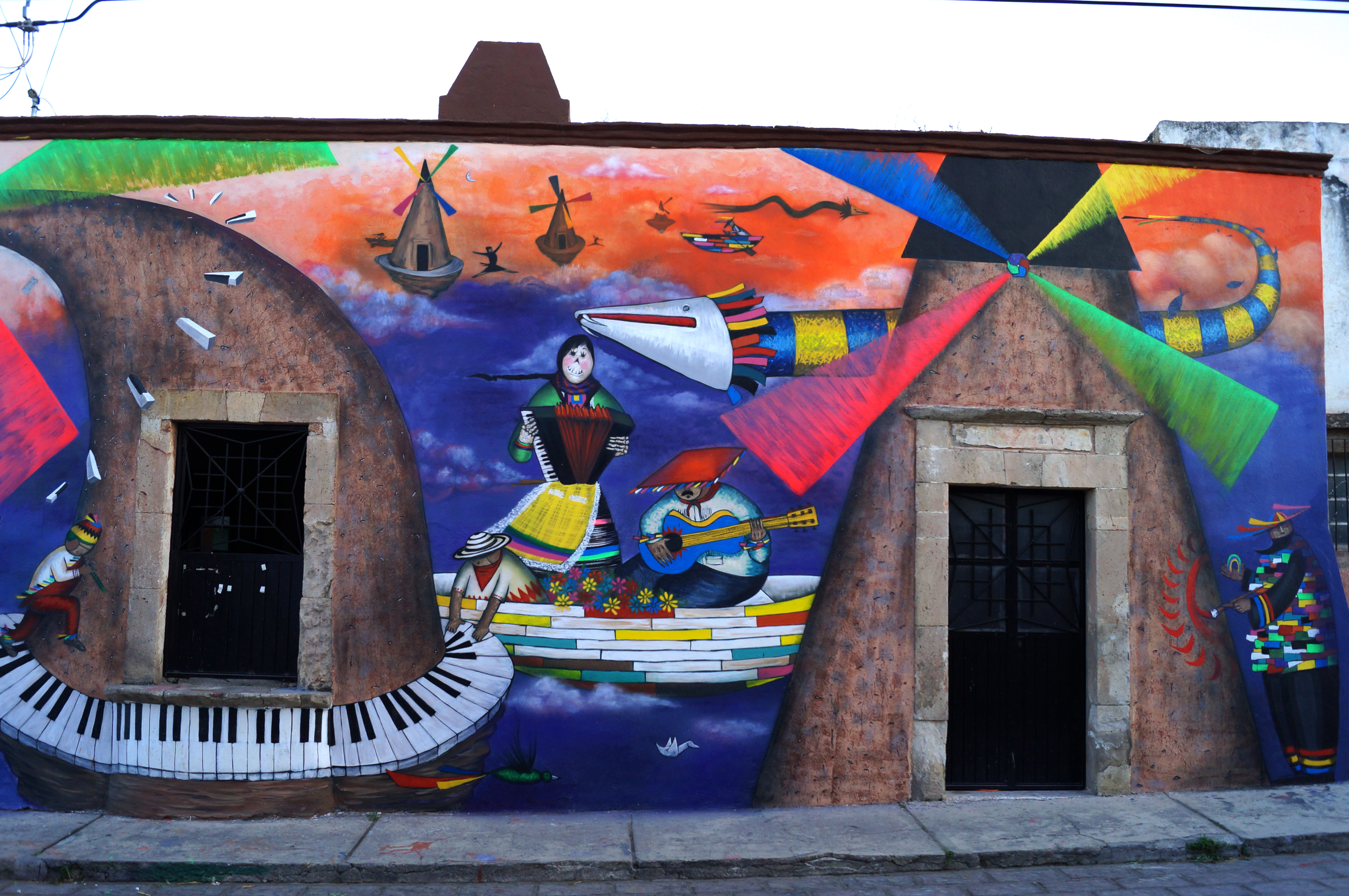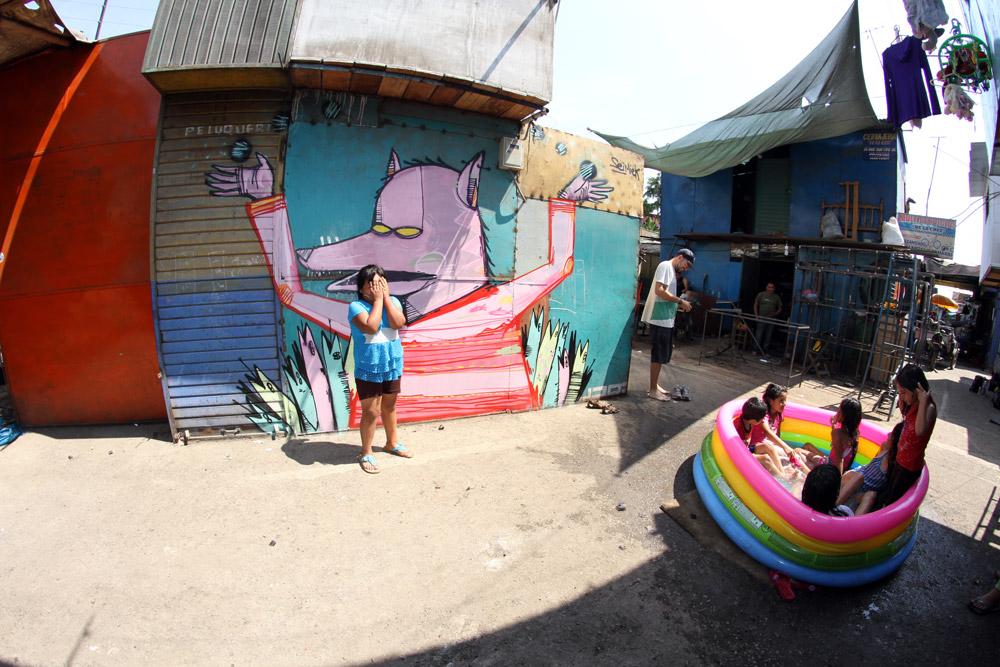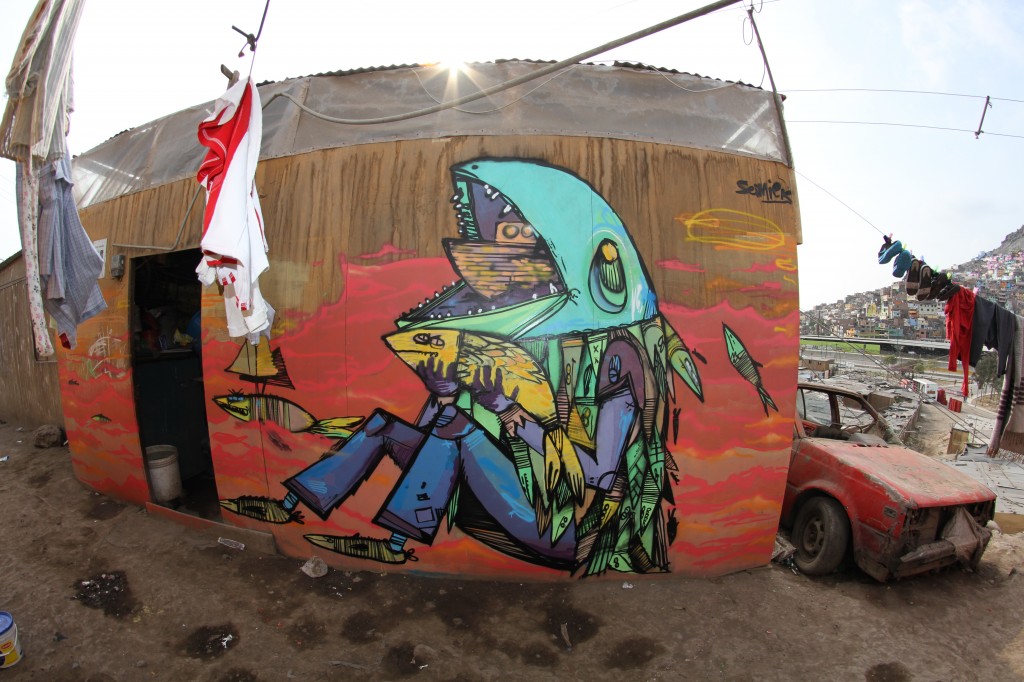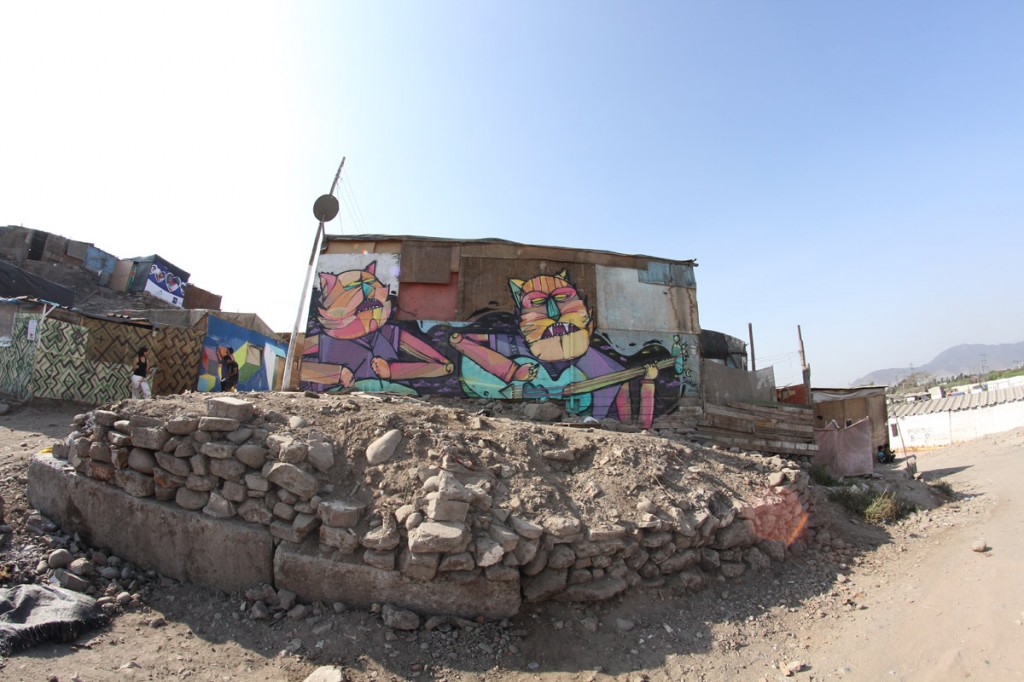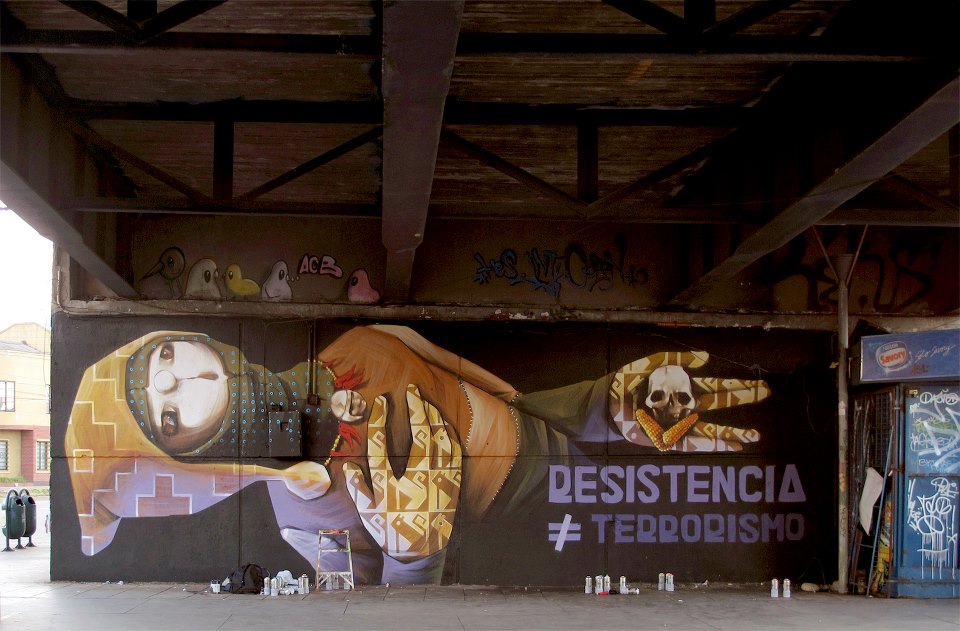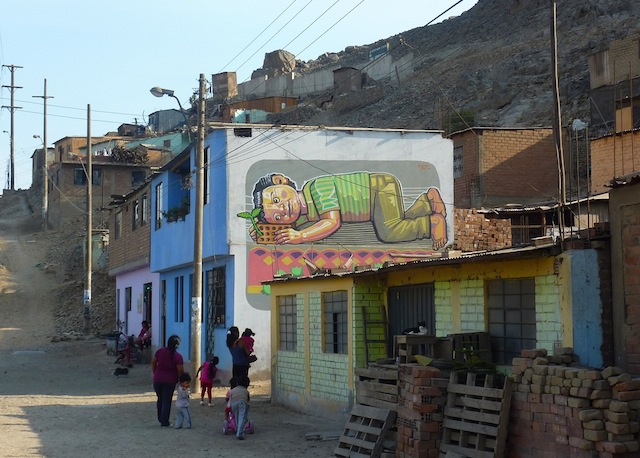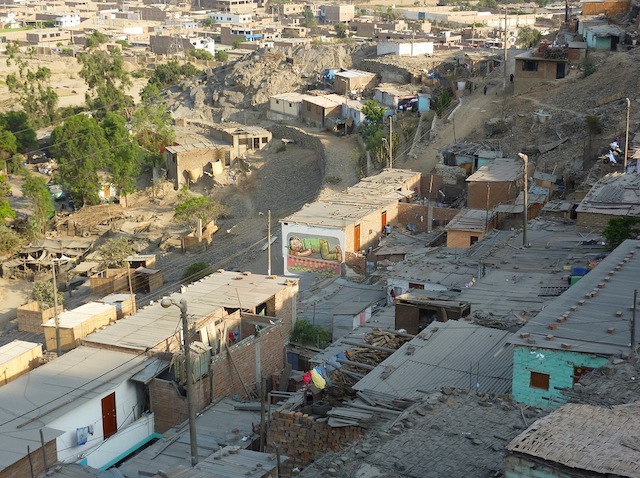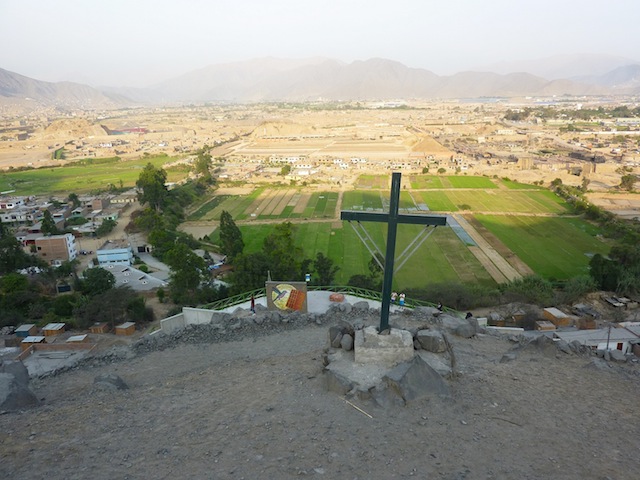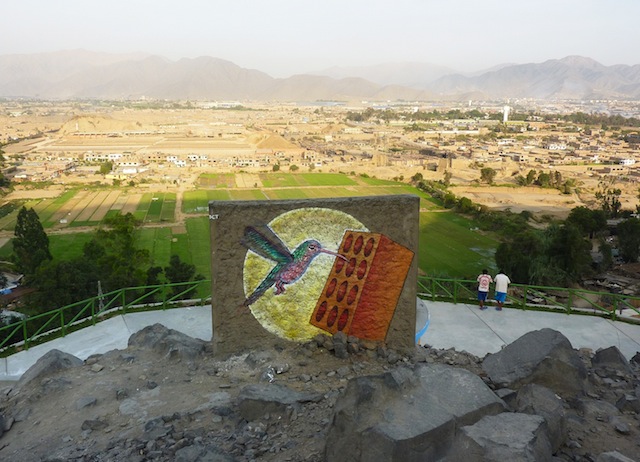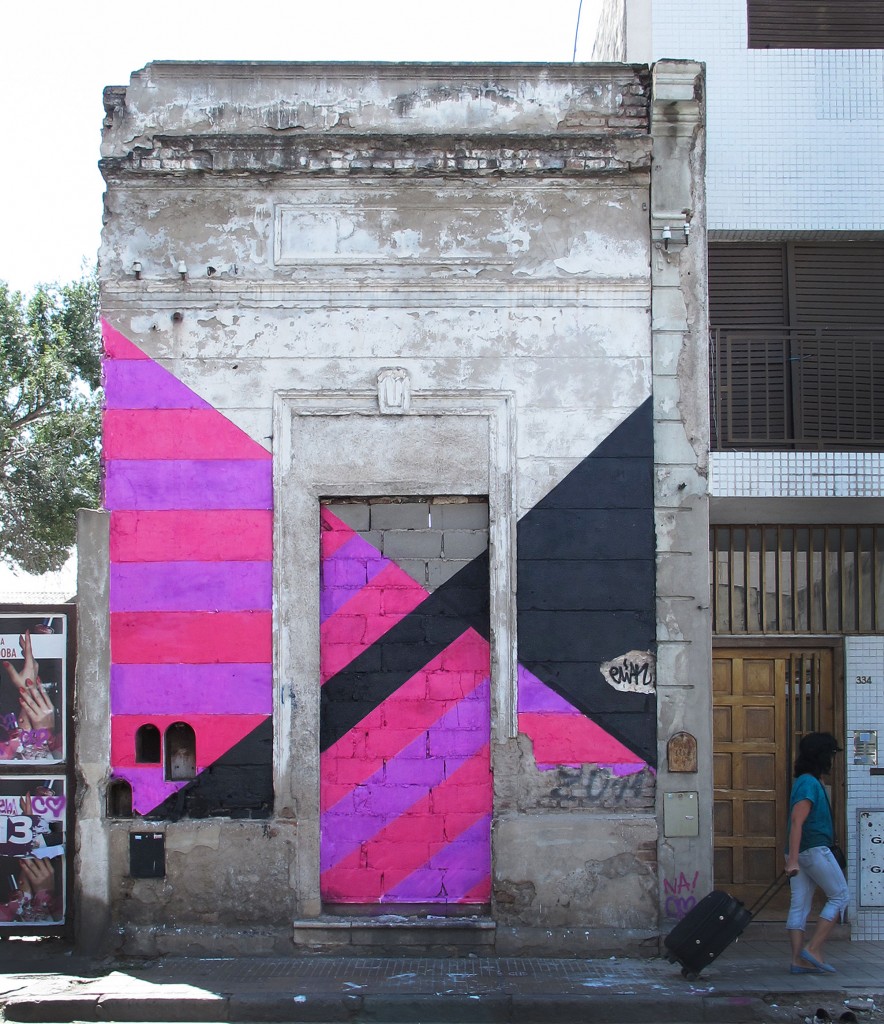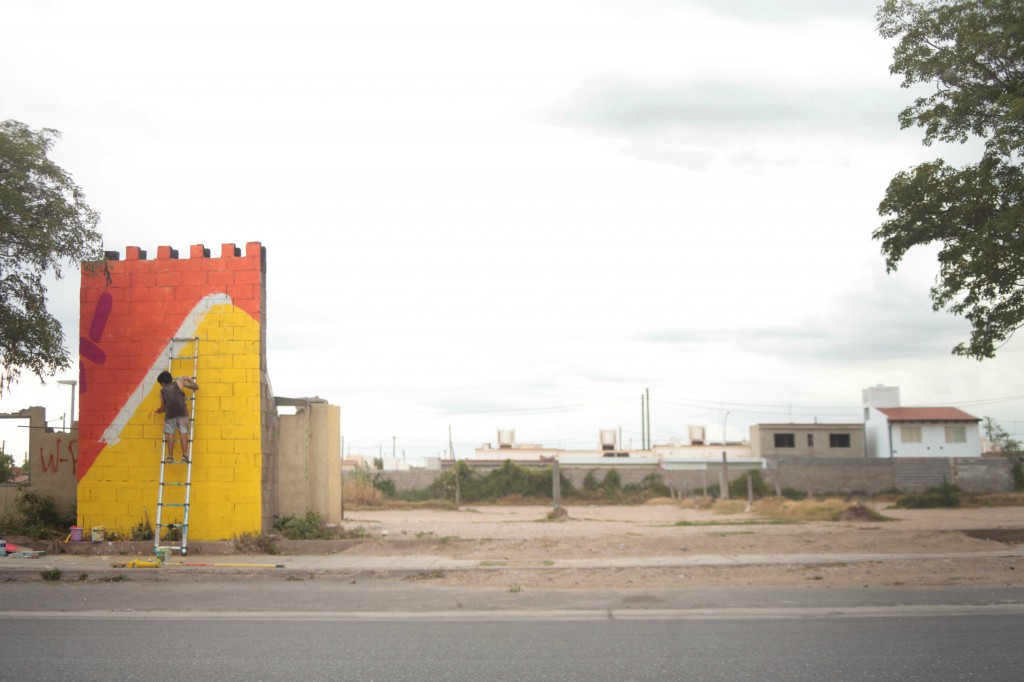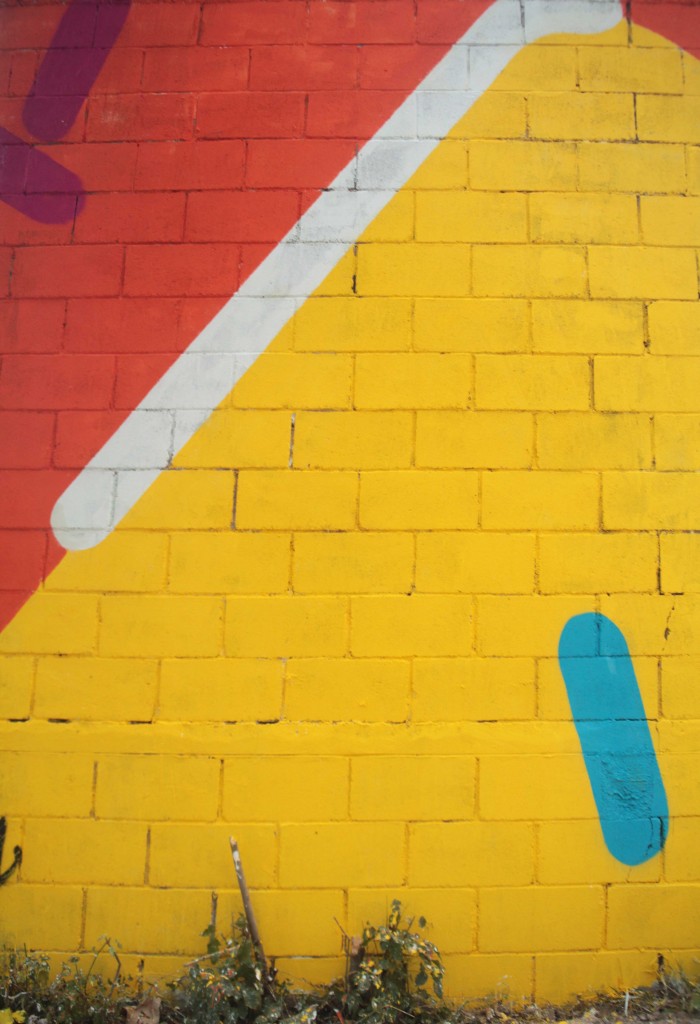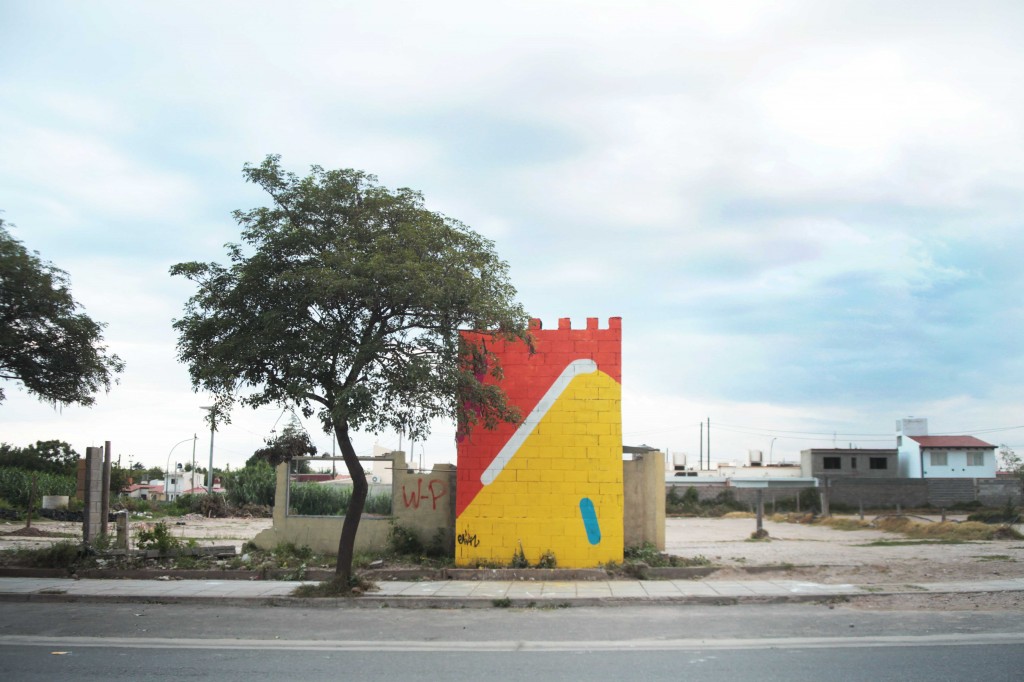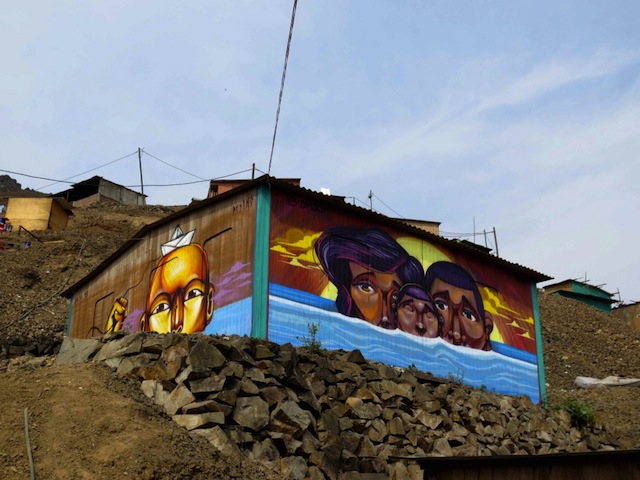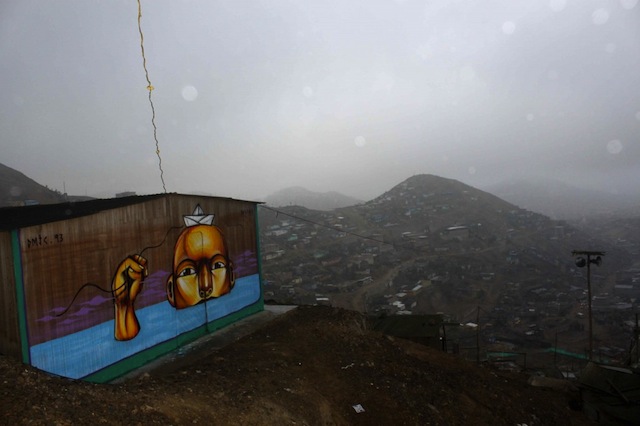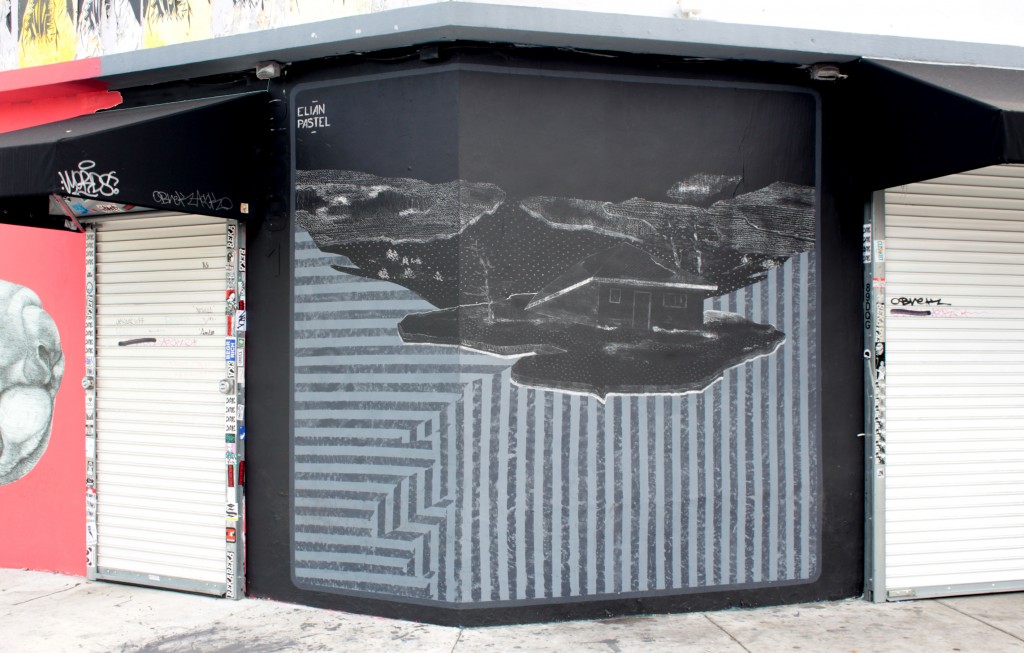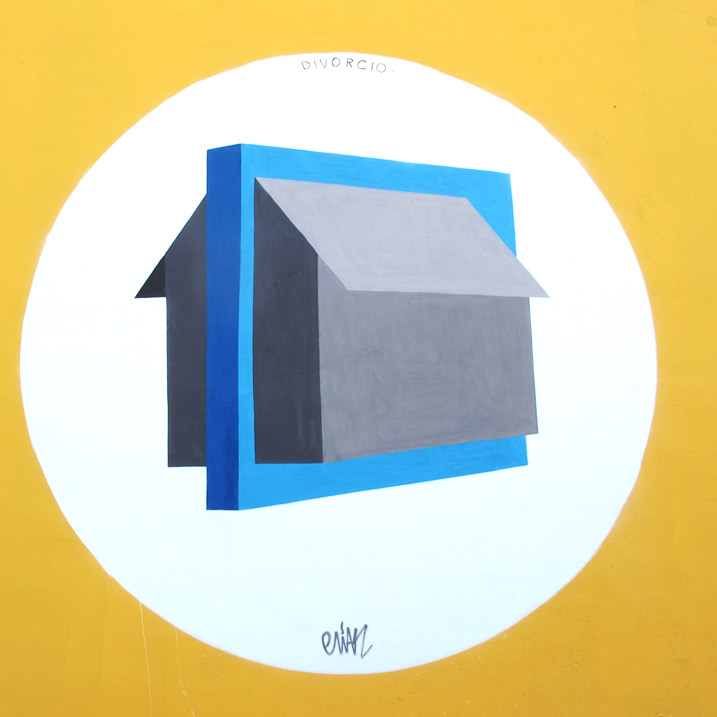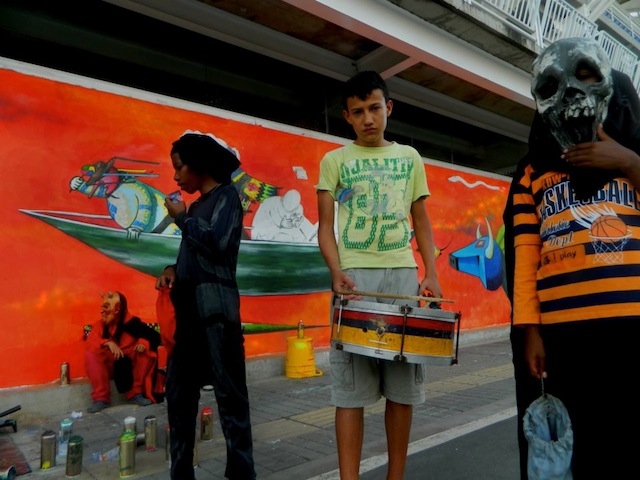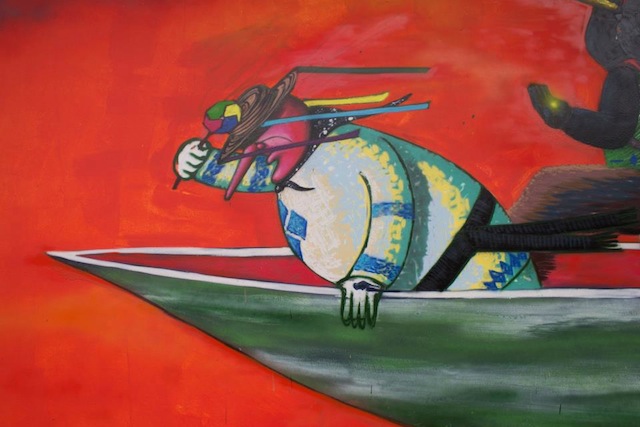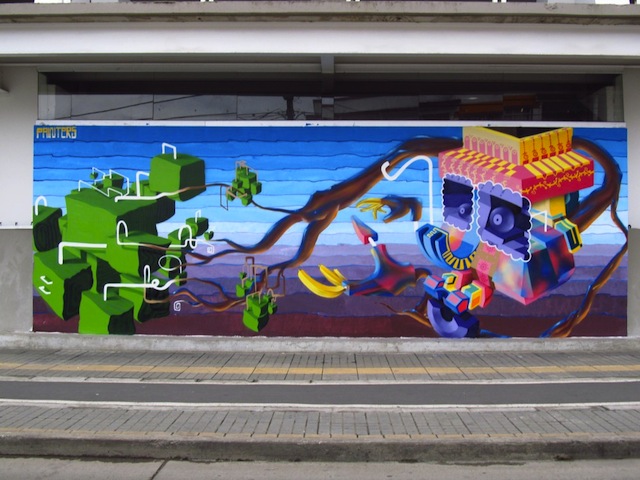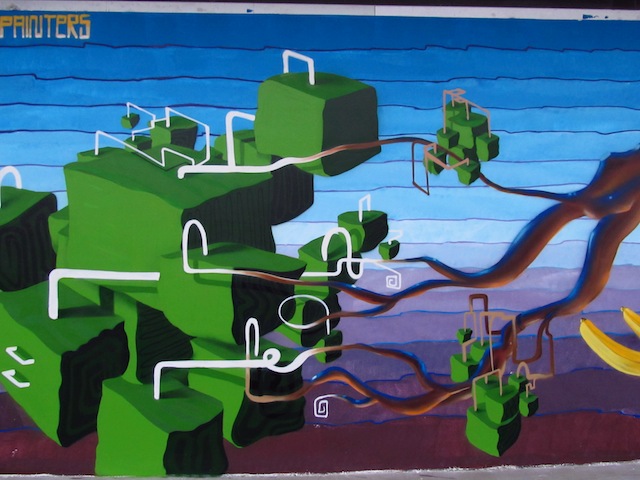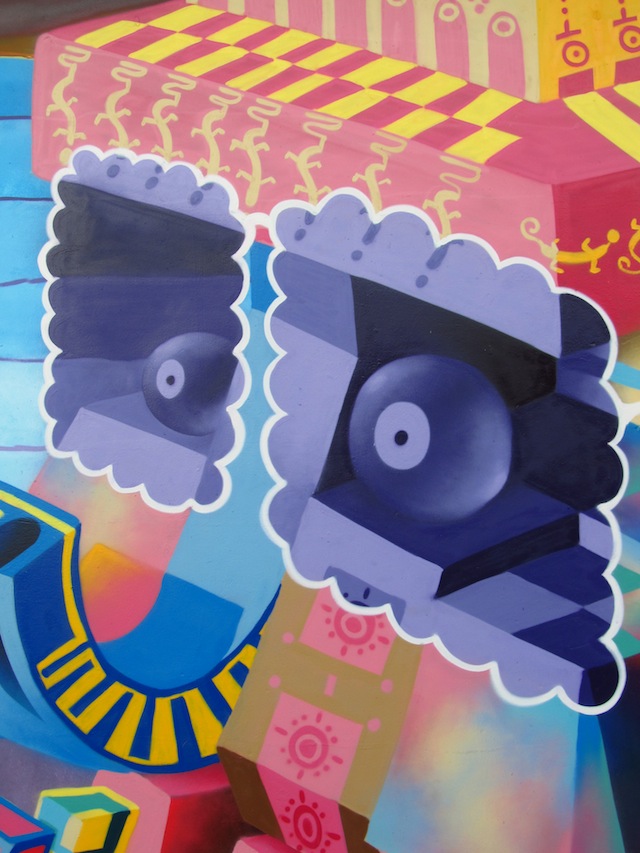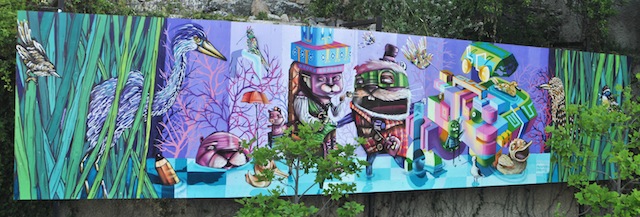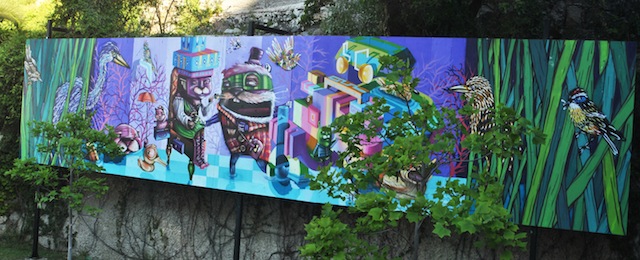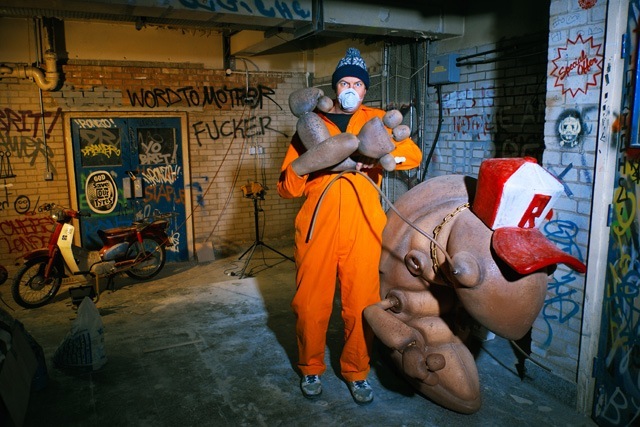
Tim Hans visited London recently, where he met up with seven artists for our continuing “Tim Hans shoots…” series, where Tim photographs some of the world’s most interesting street artists and graffiti writers. First up from Tim’s London trip is Ronzo, for which Laura Calle conducted this accompanying interview:
Laura Calle: Can you tell us a brief story of what inspired you to create materials for public urban spaces?
Ronzo: Sometimes you just get new ideas from walking through the streets and talking to people. Most inspiration comes through that and through other artists, what’s happening in world right now, music, film, popular culture and many other things. You see spots in the city and you see opportunities. You think: This would be a great spot to do something… It’s a great gift to have but also a bit of a curse. Ones you start – you can’t stop!
LC: What’s it like to set up a large scale sculpture in such a densely populated city like London?
Ronzo: It’s good fun. You need a truck with a big crane. Also pray that the roof doesn’t collapse and a massive monster crushes everyone walking by. But once it’s up, the sun rises and people on their way to work stop, thinking “WTF – Where did this come from?” It’s beautiful.
LC: What are the main differences you experience when making sculptures for the streets versus murals in public? Do you think the public interacts with those mediums differently? How so?
Ronzo: Sculptures are just a bit more of a niche. They take 1000 times more work to do. That’s why nobody does them I guess. But that’s great – It that makes them more special when you spot one. Also cool – You can walk around them. You can’t really do that with a painting. (But paintings are cool too)
LC: Does your audience influence your art or the approach you take to your pieces?
Ronzo: Tricky one. The feedback you get from an audience always filters back into new work of course. Although I want to do keep doing what I think is dope. And not the other way round. Of course your audience finds it interesting too in the end.
LC: What’s next for Ronzo?
Ronzo: Big tingz. New paintings, new sculptures, new installations. Details are classified top secret at the moment but will be revealed through the year. Please stay tuned…
Photo by Tim Hans


